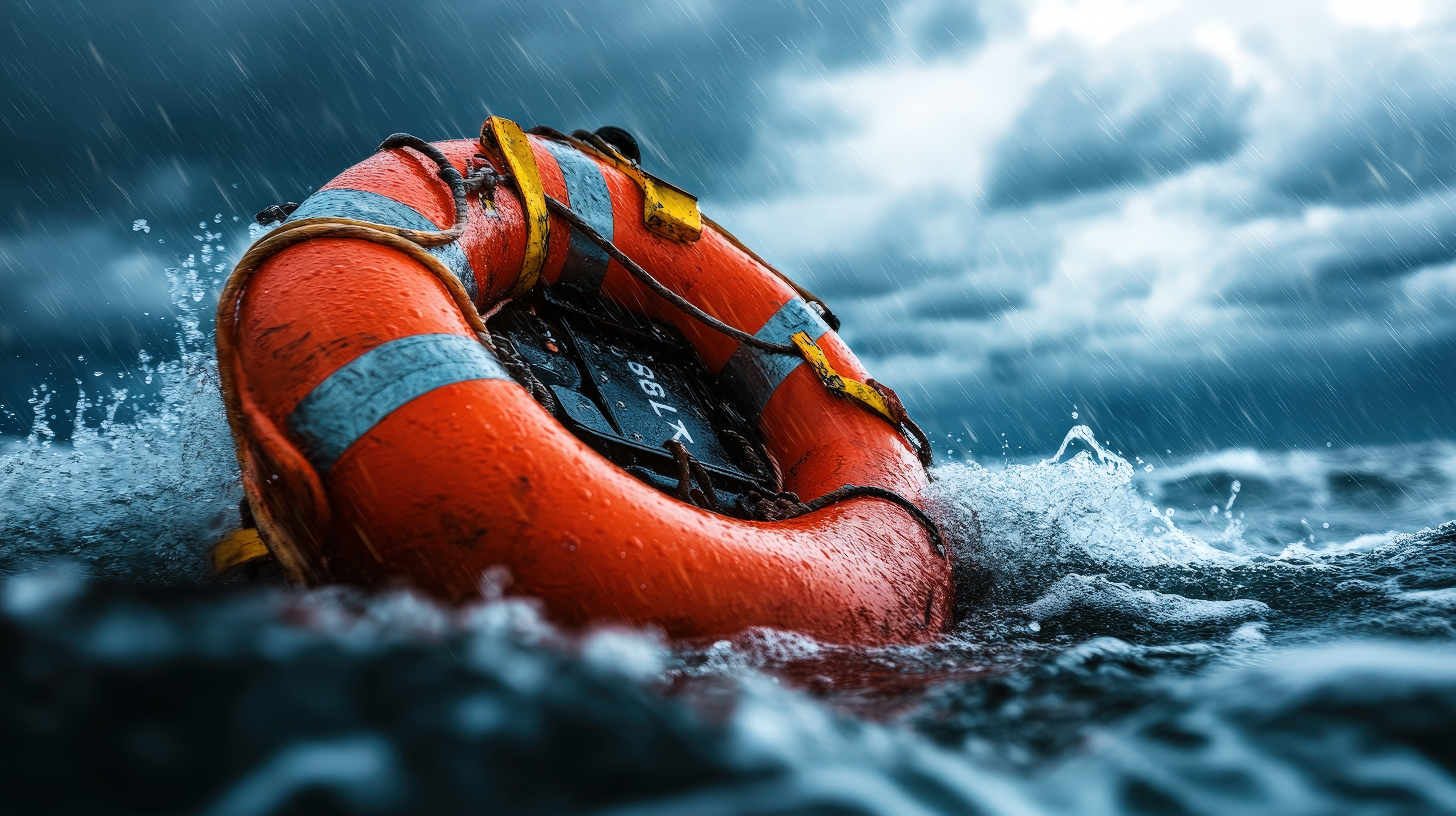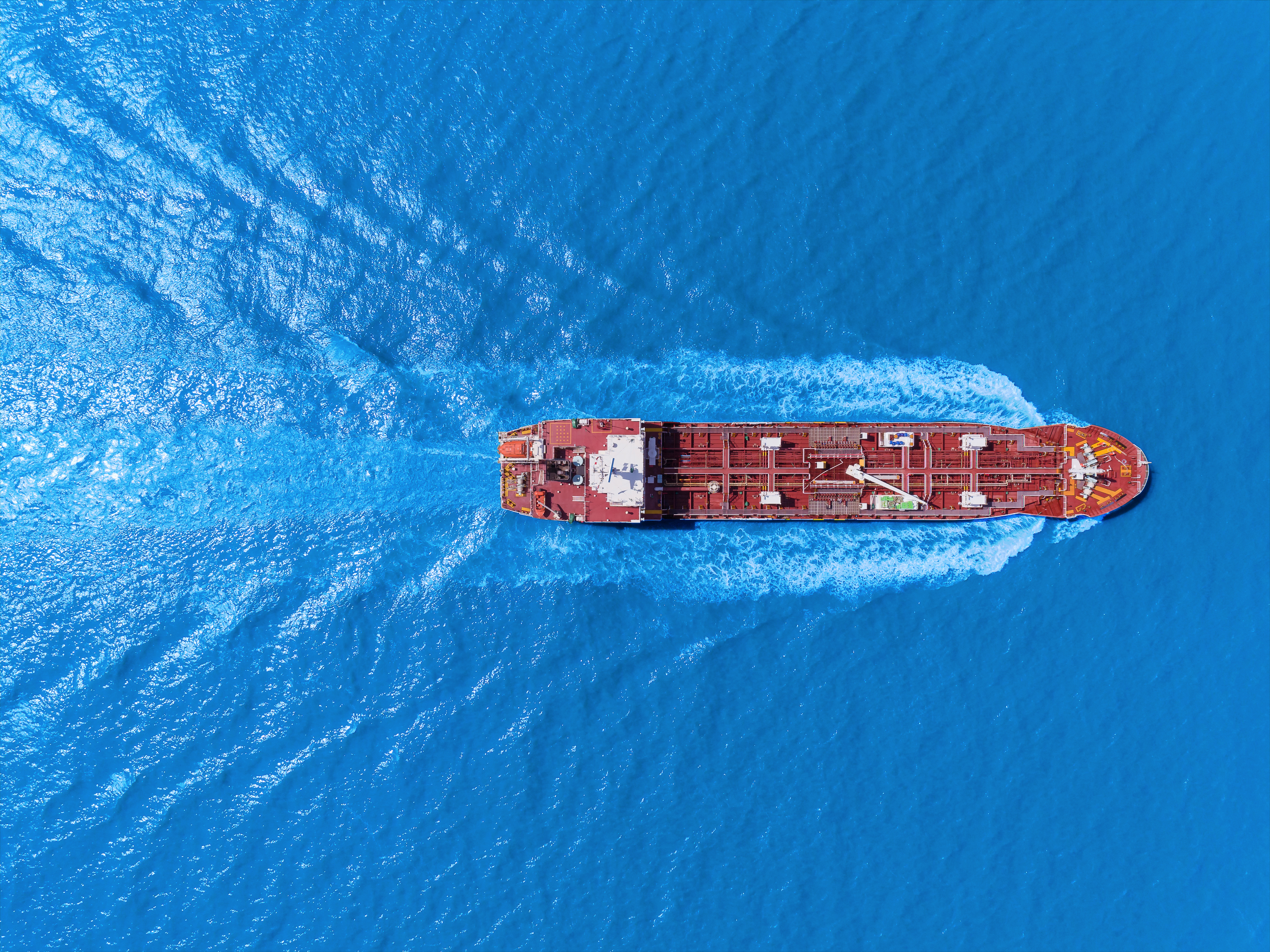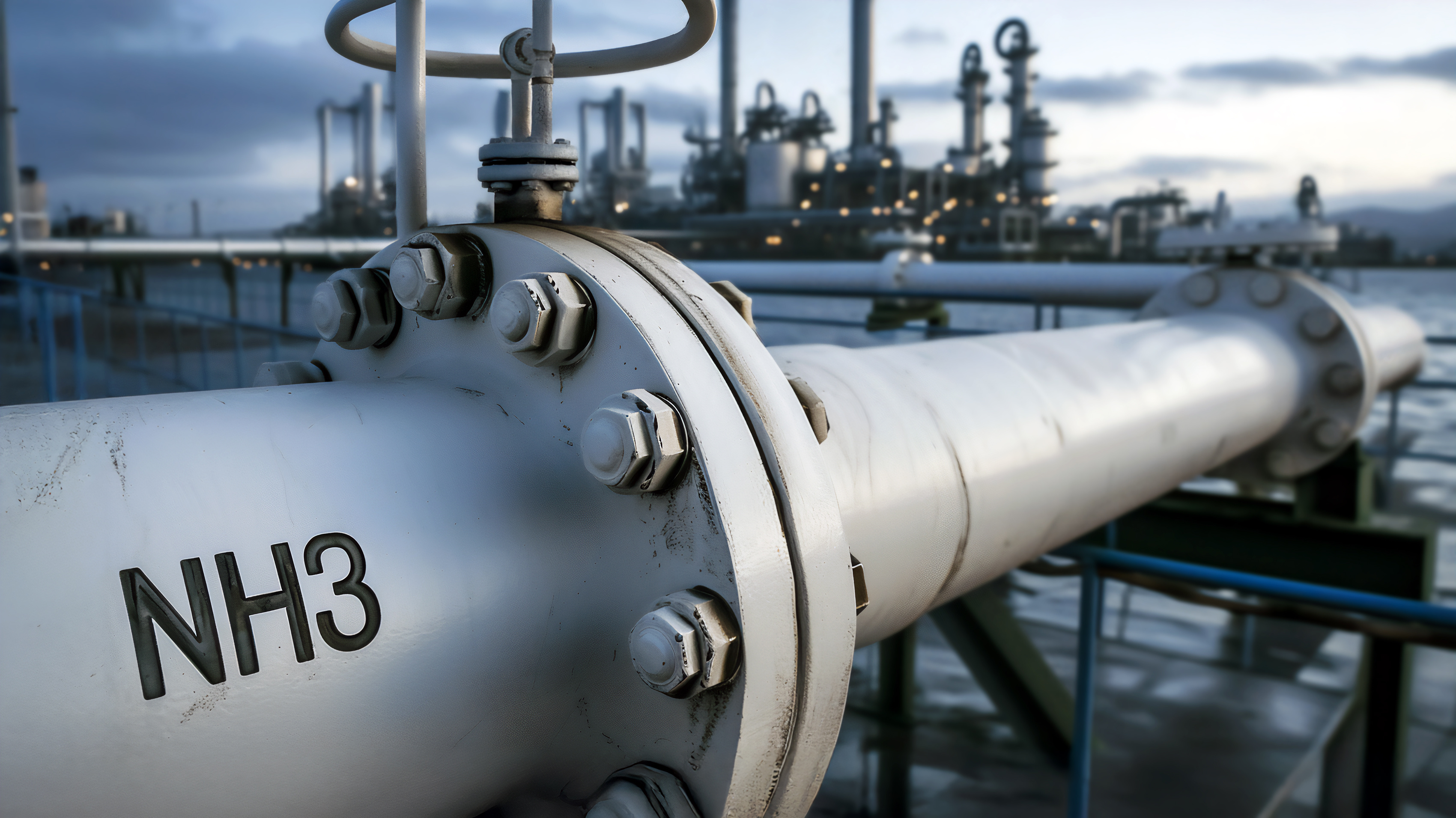When ships are in port they often use diesel generators to power their systems. This releases a significant amount of pollutants like particulate matter (PM), nitrogen oxides (NOx), sulphur oxides (SOx), and greenhouse gases (GHGs). Onshore Power Supply (OPS), also known as shore-side electricity or cold ironing, allows ships to turn off their diesel engines and connect to the local electricity grid, reducing emissions at ports.
Technical Standards and Implementation Challenges
Implementing OPS involves multiple technical considerations, including electrical infrastructure, ship modifications, and standardisation. Consistent standards are essential for ensuring compatibility and broader adoption. Ensuring a reliable electricity supply at ports is a major challenge. Many ports need to upgrade their electrical infrastructure, such as substations and distribution networks, to handle the increased power demand from berthed ships. Another challenge is the compatibility between ships' electrical systems and the shore power supply. Currently, there are no global standards for voltage levels, frequencies, and connection interfaces, leading to potential mismatches. Efforts are underway to establish harmonised standards, but widespread adoption across the maritime industry is still needed.
There are industry guidelines in place to support the connection to OPS. The International Maritime Organization (IMO) has issued interim guidelines MSC.1/Circ.1675. Additionally, the European Maritime Safety Agency (EMSA) has provided guidelines, and the International Association of Classification Societies (IACS) has included guidance within Rec.182. The regulatory landscape for OPS is also evolving rapidly, driven by international and regional initiatives.
The California Air Resources Board (CARB) has long been at the forefront of implementing stringent environmental regulations aimed at reducing emissions and promoting cleaner transportation. The latest updates to CARB regulations continue to push for significant reductions in greenhouse gases and other pollutants, impacting various types of vessels operating within California. Ocean-Going Vessels At Berth Regulation requires ocean-going vessels to use a CARB Approved Emission Control Strategy (CAECS) to control emissions while docked at California ports. Compliance start dates vary by vessel type and are listed below:
Container, Reefer, and Cruise Vessels: These vessels are required to comply with emissions control requirements starting from 1 January 2023. They must use CAECS to control emissions during their visits to California ports.
Roll-on/Roll-off Vessels: These vessels must comply with emissions control requirements starting from 1 January 2025. This regulation applies to all visits to all California ports.
Tanker Vessels: Tanker vessels visiting regulated terminals at the Port of Los Angeles or Port of Long Beach must comply with emissions control requirements starting from 1 January 2025. For visits to all California ports, the compliance start date is 1 January 2027.
When utilising shore power, vessels should coordinate with local port authorities in advance to understand the compliance requirements and methods. We have been seeing a lot of contracts between either the OPS provider/contractor or the terminal itself. UK Club Contract Review Team can assist in reviewing and assessing the risk of any shoreside contracts.
Useful resources on CARB at-berth regulations:
The following is a directory of all berths in compliance with the CARB At-Berth Regulations in terminals across the State of California. https://ww2.eagle.org/content/dam/eagle/regulatory-news/2024/CARB%20Directory.pdf
CARB approved emission control systems (CAECS) that may be used for compliance with the At Berth Regulations is listed here.
https://ww2.arb.ca.gov/our-work/programs/ocean-going-vessels-berth-regulation
https://ww2.arb.ca.gov/berth-regulation-executive-orders
https://ww2.arb.ca.gov/sites/default/files/2024-12/ADA_Updated%20At%20Berth%20FAQ%20Sept%202024.pdf
https://ww2.eagle.org/content/dam/eagle/regulatory-news/2024/CARB%20Directory.pdf
The FuelEU Maritime Regulation mandates that container ships and passenger vessels berthed at EU ports must utilise OPS for their energy needs while alongside. This initiative aims to curb emissions from ships' auxiliary engines during their stay at ports. Key provisions include:
- Starting in 2030, container ships exceeding 5,000 gross tonnage and passenger ships are required to connect to OPS or use an equivalent zero-emission technology when berthed at EU ports, unless specific exceptions apply.
- Non-compliance will result in penalties, including a fee for each instance of non-compliance and the potential detainment of the ship.
- The regulation outlines a phased implementation timeline, with initial requirements taking effect for ships berthed at EU ports from 1 January 2030, and full implementation by 1 January 2035.
China has been increasingly focusing on environmental protection, including reducing port emissions. The Chinese government has implemented policies to promote OPS adoption in major ports. The 14th Five-Year Plan emphasises green port development and the expansion of shore power infrastructure.
Many ports, especially those in the Yangtze River, have been equipped with shore power service facilities and continue to optimise related services. The Club’s local Correspondent’s update on requirements for the use of shore power in Chinese ports can be found here.
Additionally, ONE and Ningbo Zhousan Port have recently collaborated on a shore power trial, with details here .
This is an evolving topic, and the UK Club will update this article as and when required, ensuring you stay informed on the latest developments in shore power regulations and compliance requirements. Regular updates will cover advancements in technology, changes in legislation, and practical guidance for ship operators and port authorities. Stay connected with us for the most current information to help you navigate these environmental mandates efficiently and effectively.





